In smart car technology, high-level autonomous driving is a difficult problem that major manufacturers and most Internet giants are trying to overcome. Whoever can take the lead in promoting the landing of advanced autonomous driving technology will be able to take the lead in automobile sales. In the high-order autonomous driving technology, the end-to-end model is the most discussed by all parties.
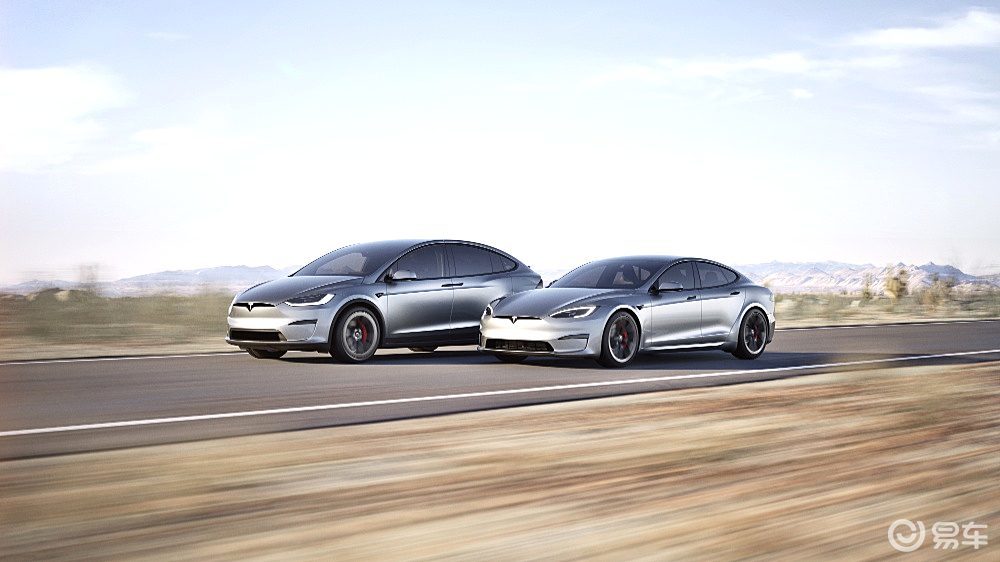
Compared with the previous model, end-to-end seems to have become the only way for advanced autonomous driving. So what is the end-to-end model? What is the development trend of end-to-end model in China? These problems are worthy of people’s attention.
What is an end-to-end model?
Speaking of the end-to-end model, it is natural to be inseparable from the ChatGPT of this year’s fire. ChatGPT itself is an end-to-end model, that is, by inputting words, customers can get the answers they want.
Whether it’s PPT or video, ChatGPT and other big models may spit it out. In this process, the most critical is the AI model. It can gain insight into users’ needs and produce the content they need.
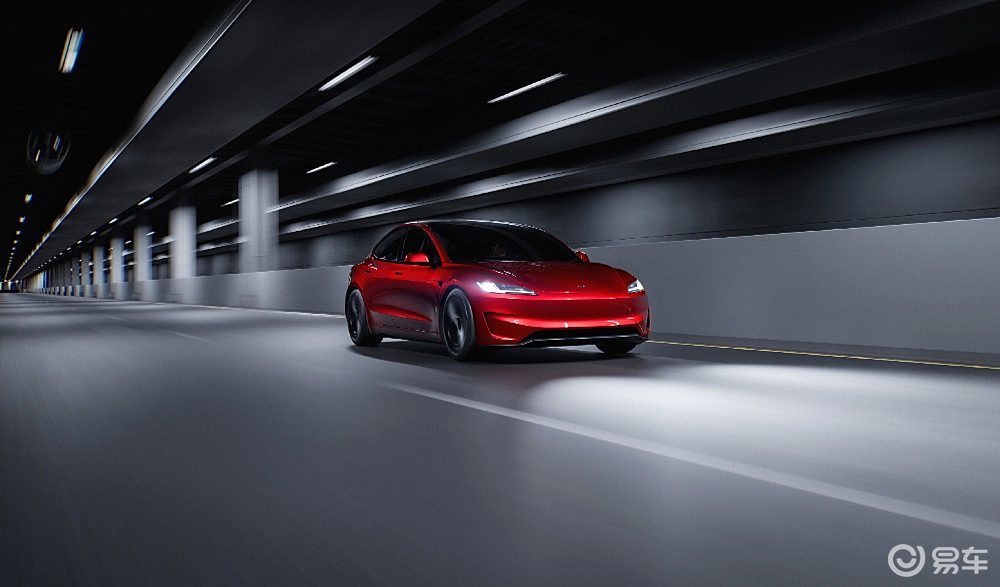
In the field of autonomous driving, the most famous end-to-end model is Tesla’s FSD V12. The input of this model is all kinds of image data obtained by the camera; The output end is the vehicle control instructions, including steering, acceleration and braking. In the middle, it is a big model that Tesla is proud of.
In the scene of end-to-end model, when the vehicle recognizes some traffic signs or encounters various situations, it will automatically judge according to the past learning situation, instead of looking for a solution to this problem in the code according to various preset preconditions like the traditional model.
What are the advantages of the end-to-end model?
In contrast, in the past, the traditional autopilot model was based on the working conditions set by engineers in advance. The choice of driving behaviors, including lane changing, parking and even overtaking, has been set in advance. This will bring two problems:
Autopilot models are becoming more and more complex. Since each module usually only performs one driving behavior, the automatic driving algorithm needs to include the driving behavior of human drivers as much as possible. Therefore, the code of traditional autonomous driving technology usually has hundreds of thousands of lines of code. This will bring higher and higher requirements for the computing power of smart driving chips. Tesla’s FSD V12 has only 2000 lines of code; While FSD V11 has an astonishing 300,000 lines of code.
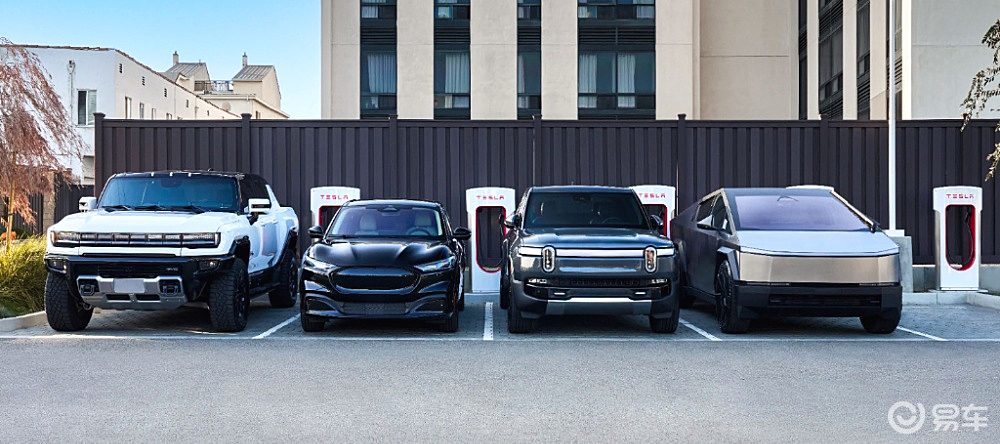
Unable to solve the long tail condition. No matter how full the preliminary test and certification are, no autopilot algorithm can say that all the long tail conditions are included. Then once you meet a new long tail working condition, it is very likely that traffic accidents will occur and even life injury accidents will occur.
The best case is that the project operated by GM’s Cruise in California encountered various working conditions that had not been encountered in the previous experimental stage at the beginning of its launch, which led to casualties, forcing the California Highway Bureau to suspend the license of Cruise for a time.
Where is the end-to-end difficulty?
To achieve an end-to-end model, there are two main limiting factors: massive data and large computing power. Only with the blessing of these two factors can the end-to-end model land. In order to make the end-to-end model closer to human drivers, its large model often needs to contain hundreds of millions of parameters. Only with more parameters can the driving characteristics and habits of human drivers be better simulated, and the performance of the model will be better. In these two areas, Tesla has a clear first-Mover advantage.

Not long ago, Tesla just got the certification of domestic data security and privacy protection, and was allowed to enter the government department compound. The reason why Tesla didn’t get the relevant recognition before was that the cameras in each car were collecting all kinds of data in real time and uploading them to the server for training the FSD algorithm.
Looking around the world, Tesla’s newly sold models every year are constantly providing data for the FSD V12 algorithm for the latter to continue to optimize learning.
It is worth mentioning that Tesla’s car also has a "shadow mode". It will compare the deviation between the driving behavior of the owner and the driving behavior determined by the automatic driving system, upload the relevant data together, and also optimize the algorithm.
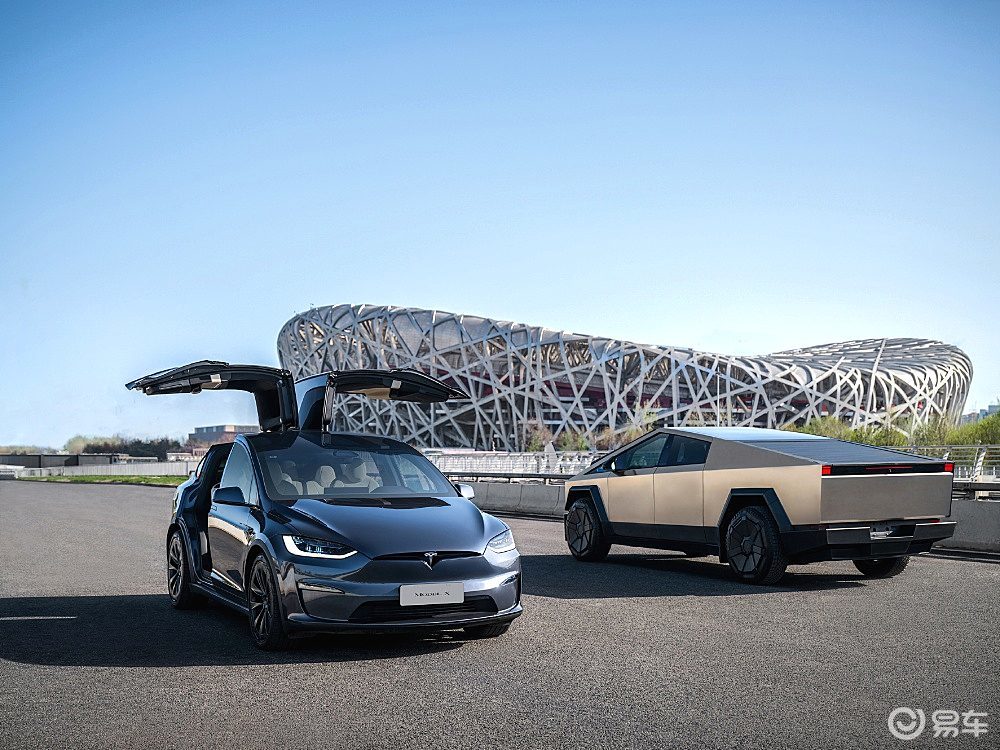
At the same time, in order to be able to calculate the massive data collected, Tesla also needs a supercomputer center. The core of supercomputing center is the large computing power chip. For this reason, Tesla not only bought a large number of NVIDIA H100 chips, but even developed Dojo chips. The unit price of the former is as high as $35,000, while the investment in research and development costs of the latter is hundreds of millions.
For any enterprise, this is not a small expense. Domestic car companies have basically not been able to develop their own large computing chips. NVIDIA H100 chip has already become a product on the export control list of the United States, and it is difficult for domestic car companies to obtain it.
So is it possible to achieve the end-to-end model with massive data and large computing power? The answer is also no.
From the above description, we can find that the end-to-end model is actually a "black box". If there is an error in the model operation, it is actually difficult for researchers to find out what part of the model is wrong and directly adjust the model.
Theoretically, only through more training, or increasing more parameters and trying to adjust some model parameters can we try to solve the problem. Therefore, whether the autopilot model based on end-to-end technology can finally meet the needs of autopilot technology at the safety level is still very uncertain.
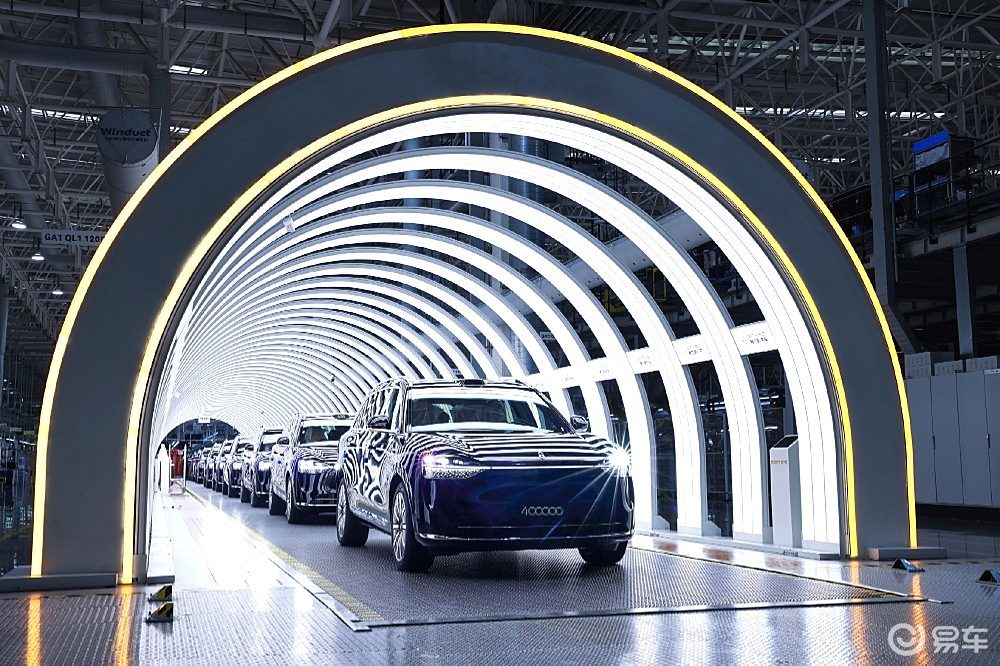
Even so, compared with the traditional autopilot model, the advantages of the end-to-end model are very obvious. Especially when solving the long tail condition, the end-to-end model can give play to the incomparable advantages of the traditional autonomous driving technology model. At present, some new car companies, such as Huawei, Tucki, Weilai and Ideality, have started to introduce the end-to-end model in the domestic market.
Aside from Huawei, which has abundant capital, it is a big challenge for new car companies with limited capital accumulation to balance the input and output returns of end-to-end technology. Not to mention, it is not an easy task to buy large computing chips in China at present.
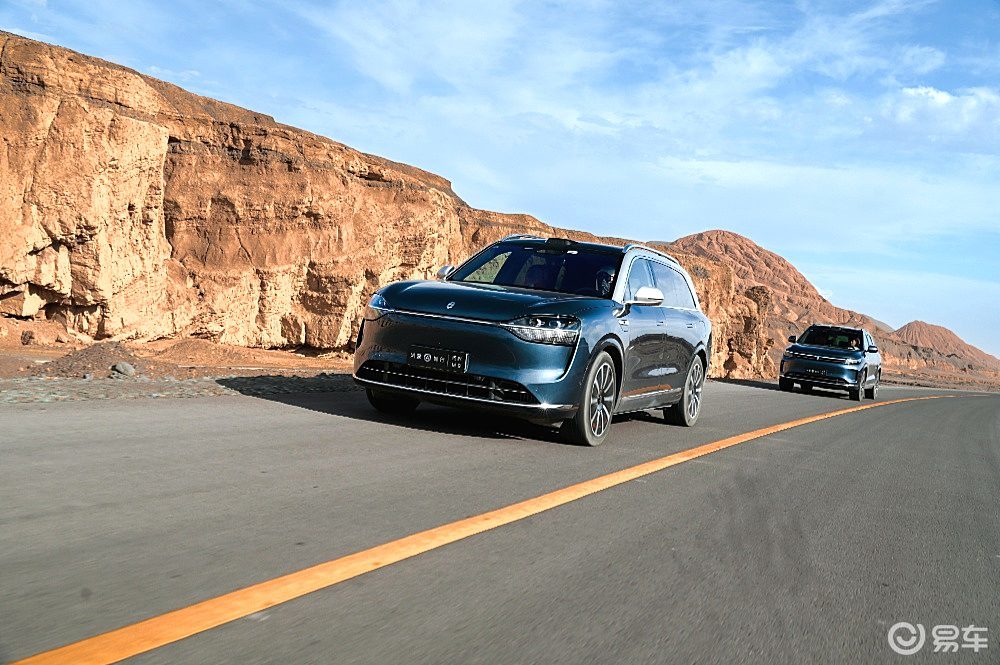
With the high probability of the end of the year, Tesla FSD V12 will enter the domestic market. What changes will take place in the domestic market structure of autonomous driving technology at that time, which deserves people’s attention.